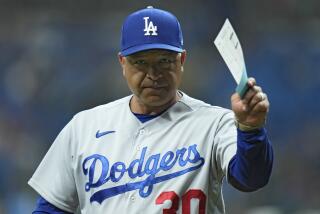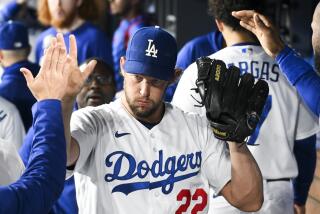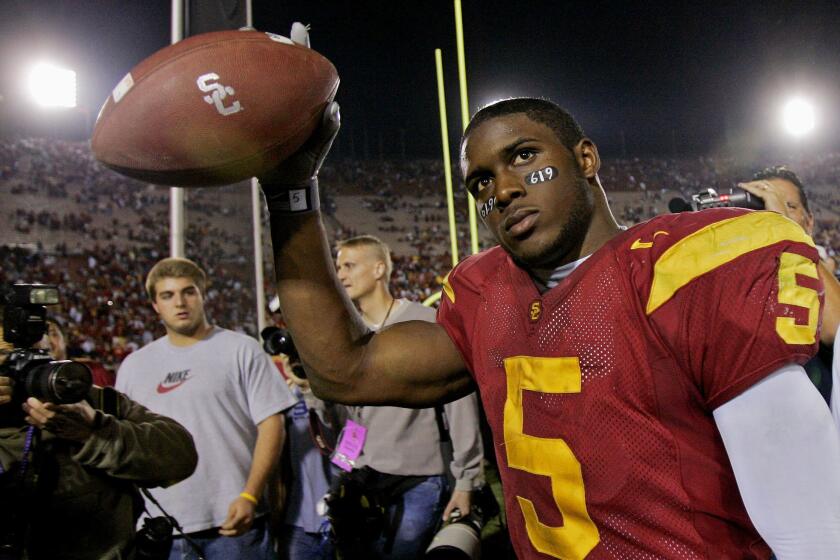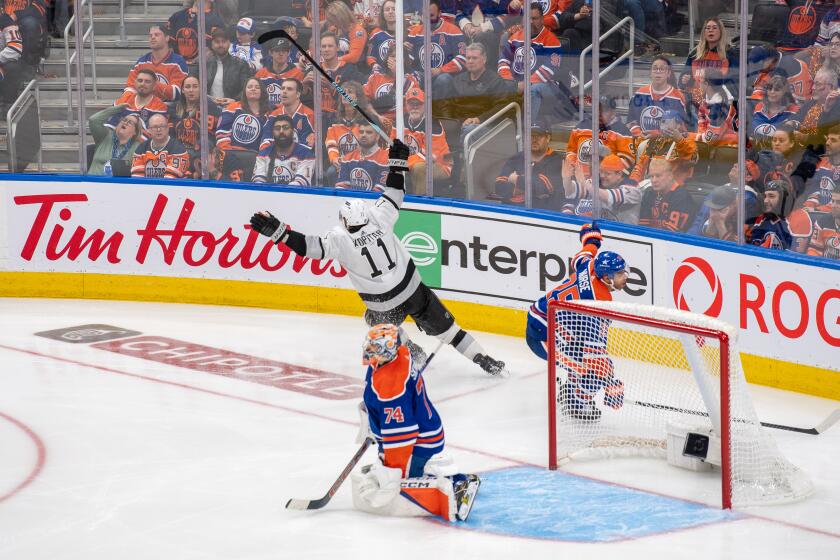MLB trade deadline talk takes away the proper focus of the game

Cole Hamels talks to the Philadelphia media Friday after being traded from the Phillies to the Texas Rangers.
The trade deadline is like the mirror at the carnival fun house. You might be stretched impossibly tall, or widened impossibly fat. You still can see, but the view is distorted.
The relentless coverage of the trade deadline distorts your view of the game. On Friday, in an extraordinary news conference in Philadelphia, Cole Hamels restored the proper focus for all of us.
The Phillies had traded their longtime ace, and Hamels had a plane to catch for Texas. But, on his way out of town, Hamels stopped at Citizens Bank Park to thank everyone.
The Phillies drafted him when he was 18, a kid from San Diego. He is 31 now, and the time had come to leave the only team he had ever known.
He reflected upon 2008, when 2 million fans lined the streets of Philadelphia for the Phillies’ first championship parade in 28 years.
“I know a lot of us are not from Philly,” Hamels said, “and we come here and our dreams are to win a championship and win a ring.
“Sometimes, we don’t really understand the purpose behind it, but we really grasped that when we got to take that parade down Broad Street and see what it had done for the fans here.”
Pardon the cliche, but this is why we play the game.
It is not about declaring winners of the trade deadline, though our vote goes to the Toronto Blue Jays and Kansas City Royals. It is not about branding players as assets, about buying low and selling high, about hoarding years of control.
That all factors into putting together a winning team, of course. And the Dodgers, armed with smarts, imagination and cash, have cornered the market on buying players and draft picks in order to constantly expand the talent pipeline.
“I don’t really view it as being creative,” General Manager Farhan Zaidi said. “We have a set of objectives. We have a set of resources. We are going to use them.”
Little wonder the Dodgers’ front office squirms at its canonization by the analytical community. There is a scoreboard here, and the results that matter most are the ones at the end of October, not the end of July.
Sounding fishy
The Dodgers got better in last week’s three-way trade. So did the Atlanta Braves. The Miami Marlins most certainly did not, and president of baseball operations Michael Hill tried to explain.
“I would hope our fans are educated enough to see what we’re doing here,” Hill said.
At first glance, meh. The Marlins declared themselves a contender last winter, delivered a flop, and traded some spare parts to save a few million bucks. Giancarlo Stanton remains, and so do Jose Fernandez, and Dee Gordon, and Christian Yelich.
But the players’ union is educated enough to see what the Marlins are doing. In the wake of the trade, the union has resumed its scrutiny of the Marlins’ operations.
In 2010, in a stunning and rare public rebuke, the Marlins were censured by the union and the league over concerns that the team did not spend enough of its revenue-sharing income on player salaries.
Since then, the union and the league agreed to add so-called “competitive balance picks,” extra draft selections awarded to small-market and low-revenue teams. The Marlins traded theirs to Atlanta.
“For a club like us,” Hill said, “it’s very difficult to include any type of pick because we’re built through the draft.”
But they did. Their return in the trade — other than shaving millions off their payroll — was three low-level pitchers from the Dodgers. The Marlins behaved that way in other trades too.
Baseball America ranked the 57 minor leaguers traded at the deadline. The Marlins got eight, all ranked among the bottom 13.
The competitive balance picks are the only draft picks that can be traded. They were designed as a tool for teams to use to improve on the field, not on the balance sheet. The union is concerned about how the Marlins used the pick they sent to Atlanta.
Stanton last fall signed a record $325-million contract with the Marlins, persuaded that the team really was serious about winning. He cannot opt out until 2020, but the Marlins’ latest shenanigans might sooner or later trigger that long-rumored homecoming trade: Stanton back home to L.A., and the relatively affordable Yasiel Puig home to Miami.
ALSO:
Mike Hessman from Mater Dei is on brink of being minors’ home run king
Angels’ C.J. Wilson likely out for season with surgery for bone spurs
Clayton Kershaw extends scoreless streak to 37 innings in 3-1 win
More to Read
Get our high school sports newsletter
Prep Rally is devoted to the SoCal high school sports experience, bringing you scores, stories and a behind-the-scenes look at what makes prep sports so popular.
You may occasionally receive promotional content from the Los Angeles Times.







